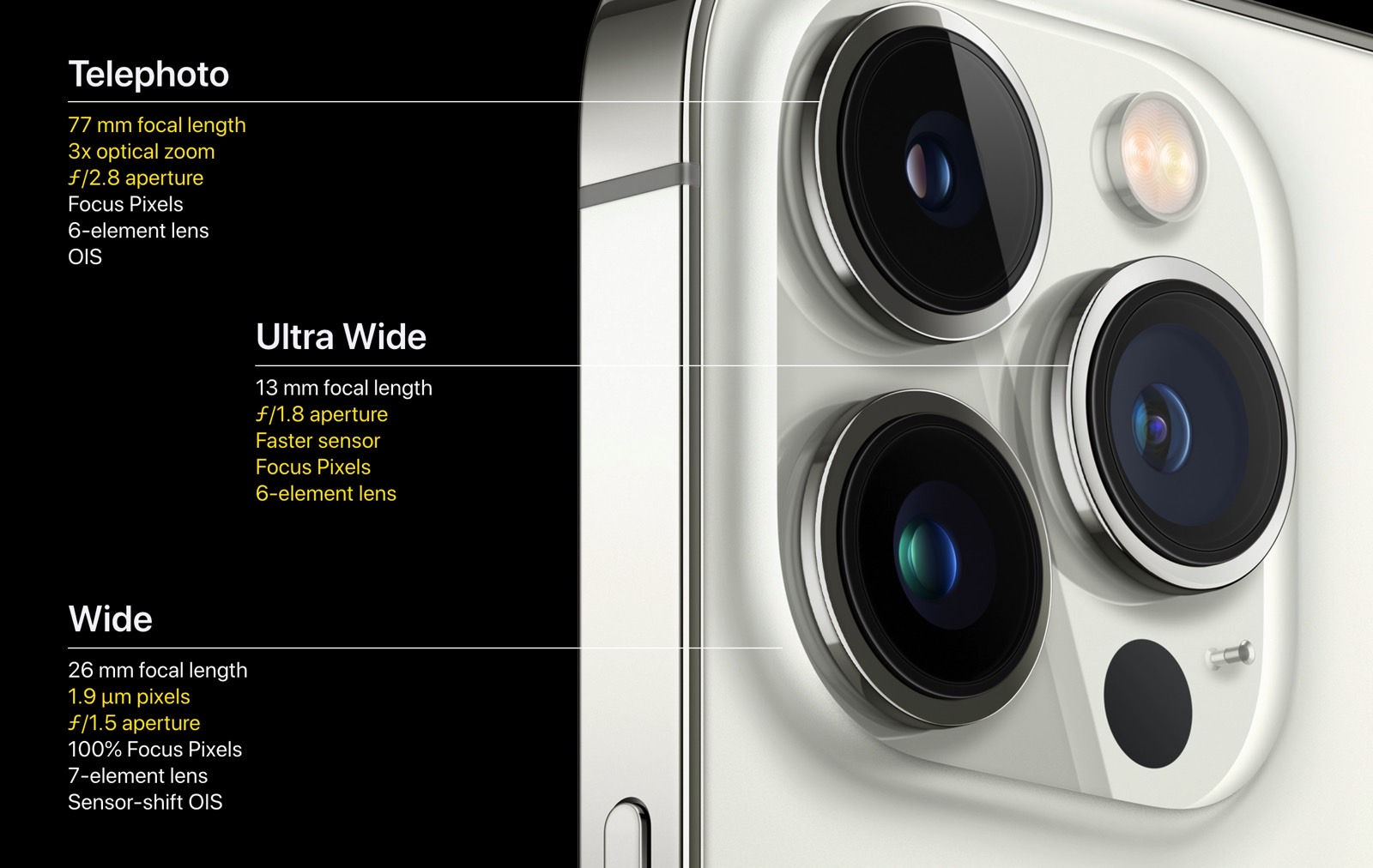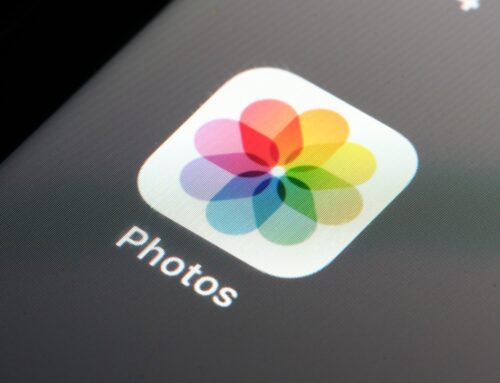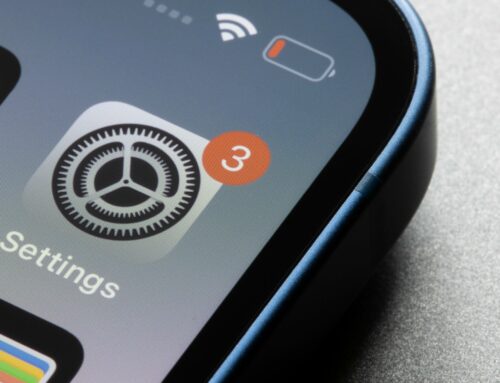The iPhone has long had one of the best mobile cameras on the market, with Apple coming up with new ways to improve photo and video quality every year. Increasing pixel count isn’t one of them, as Apple has stuck with 12-megapixel cameras on its phones. The company never entered the megapixel wars, proving that the iPhone can have a better camera without increasing the number of pixels. Competitors largely adopted the same strategy several years ago. But, more recently, Android phones have moved well beyond 12-megapixel sensors. Even Google’s Pixel. This time it’s no longer just a pixel count race, as new technologies warrant such upgrades. Now, a new report says that Apple will adopt a 48-megapixel sensor on the iPhone 14 Pro’s camera system.
Early iPhone 14 rumors already pointed to a few unique features for the Pro models. First, Apple is expected to remove the mini model from its lineup. Instead, the company will drop to two sizes for the iPhone 14 series. The phones should be called iPhone 14, iPhone 14 Max, iPhone 14 Pro, and iPhone 14 Pro Max.
The iPhone 14 Pro models will reportedly feature all-screen designs with pill-shaped camera holes at the top instead of notches. If this 48-megapixel camera rumor is accurate, then the iPhone 14 Pro models will also be the first iPhones to leave the 12-megapixel primary sensor behind.
The iPhone 14 Pro 48-megapixel camera rumor
The analysts at TrendForce put out a new research note that focuses on phone camera module shipments. TrendForce says that customers have largely figured out that phones with more than three cameras on the back won’t shoot better photos. Furthermore, the increased manufacturing costs for semiconductors and shipping have put extra pressure on smartphone makers. As a result, vendors will be focusing on triple-lens cameras this year.
When it comes to camera resolution, TrendForce says that more than 50% of phones feature a primary camera with a resolution between 13-48 megapixels. Phones featuring 49-64 megapixels primary camera account for 20% of the market. That’s where the iPhone 14 Pro models come up.
“The third highest portion is 12 million pixel products, currently dominated by the iPhone and Samsung’s flagship series,” the company writes. “However, a 48 million pixel primary camera is expected to be introduced to the iPhone 14 Pro series (tentative name) that Apple will release this year, further reducing 12 million pixel products to a 15% share in 2022.”
The rumor is in line with recent predictions from another analyst, reliable Ming-Chi Kuo. He said back in mid-December that the iPhone 14 Pro models will get a 48-megapixel primary camera.

What the camera upgrade might mean
While analysts aren’t always accurate, increasing the pixels count might make sense for the iPhone 14 Pro primary camera. Apple increased the size of the camera modules on all iPhone 13 models, not just the
The reason for that is that Apple brought the iPhone 12 Pro Max’s primary (wide) camera to the non-Pro iPhone 13 models. That means the handsets got bigger sensors (bigger pixels) and larger apertures. The
The whole point of these iPhone 13 upgrades is to improve the photo quality in various scenarios. The larger sensors/pixels will capture more light in general. But that means they’ll deliver better low-light photography than before, no matter what the scenario.
Moving to 48-megapixel sensors for the iPhone 14 Pro should improve the details in photos. But that will probably not be done to the detriment of low-light photography. The iPhone 14 Pro will likely take 48-megapixel pictures in well-lit conditions where noise isn’t a problem.
But Apple will likely turn the 48-megapixel wide angle camera into a 12-megapixel camera for all those scenarios where there isn’t enough light. Android vendors already use pixel-binning technology where they combine four pixels into a larger one. That’s all speculation, however, based on an iPhone 14 Pro camera rumor that’s yet to be confirmed.






